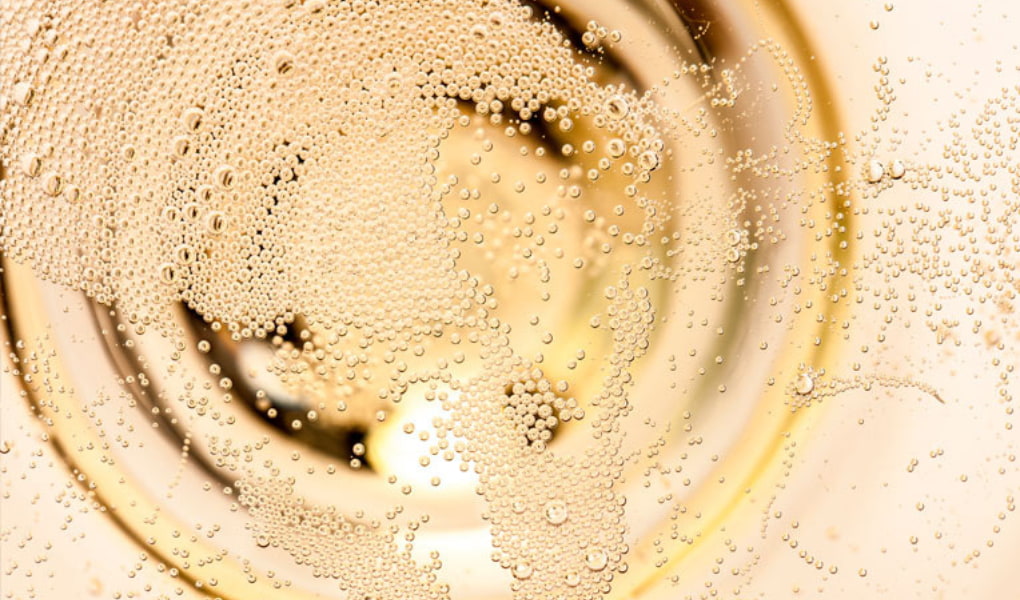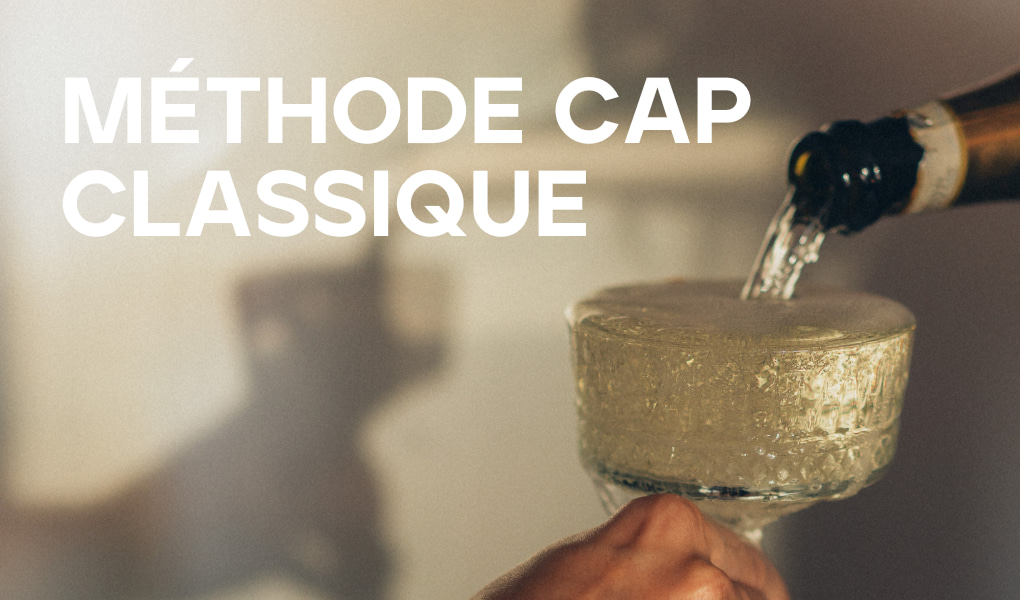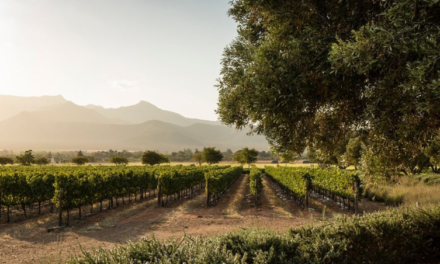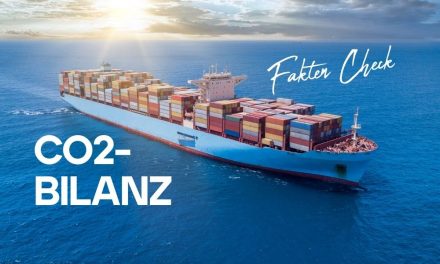Production of MCC
In 1992, South African winemakers introduced the term Cap Classique, also known as Méthode Cap Classique, to describe the local sparkling wine produced according to the traditional Champagne method (Méthode Champenoise).
As the name Champagne is protected and may only be used for sparkling wines from the Champagne wine-growing region in France, the producers in the Cape developed an alternative name. This gave rise to the prestigious Cap Classique wine category, inspired by the French model.
How is MCC made?
When producing Méthode Cap Classique wines, winemakers often use the typical Champagne grape varieties such as Chardonnay and Pinot Noir. They also use South African grape varieties such as Chenin Blanc to create a unique character. The renowned Delaire Graff winery was the first to produce an MCC from the Chenin Blanc grape variety.
South African winemakers have developed and refined their approach to create their own typical style. They refine the “base wine” through additional fermentation. The quality of the base wine is a decisive factor in the quality of the end product. Winemakers do not use overripe grapes in order to maintain a solid acidity in the grapes.
The name Cap Classique recalls the classical art of winemaking, which was introduced to the Cape by the French Huguenots. The first bottle-fermented sparkling wine produced in the Cape was called Kaapse Vonkel (Cape Sparkle).
After bottling, the bottles are stored horizontally in cool, dark cellars for at least twelve months, where they ferment and mature. Some producers extend the lees contact time considerably, depending on the style and vintage. After riddling and disgorging, the Cap Classique wines are left to mature on the cork for some time to ensure integration and balance.
What exactly are the steps?
Sparkling wine production using the traditional method (bottle fermentation):
Step 1:
The ripe grapes are harvested (e.g. for champagne, it must be Chardonnay, Pinot Noir or Pinot Meunier).
Step 2:
The grapes are destemmed and pressed. This is followed by the first fermentation in the tank, separated by variety, in order to obtain the base wines for the subsequent blending.
Step 3:
The winemaker blends the base wines as he sees fit. He then adds Liquer de Tirage (a mixture of sugar and yeast) to start the second fermentation in the bottle. The wines are decanted into the final bottles, making each sparkling wine unique.
Step 4:
The bottles now rest on the riddling rack for a long time and are turned regularly so that the yeast deposit slides into the neck of the bottle.
Step 5:
After this resting phase, the bottle is disgorged, i.e. the yeast is removed. Before closing the bottle again, the cellar master adds the desired dosage (sugar addition).
Step 6:
Finally, the bottles are corked and labeled. The cellar master decides whether the sparkling wine is to be sold directly or whether it is to undergo a further ageing process in a dark, cool cellar.
This method produces complex aromas and a fine perlage.

What is the difference to Prosecco?
The main difference lies in the second fermentation: in the traditional method, it takes place in the bottle, whereas with Prosecco it takes place in a pressurized tank. This leads to different flavor profiles and mousseux characteristics. In addition, winemakers are required to use the Glera grape for Prosecco.
Wine tasting: Fresh, crisp & sparkling
Discover the refreshing lightness of summer on June 1st at our wine tasting, which is all about sparkling wines and refreshing summer wines. Immerse yourself in a world of sparkling delights and fruity aromas that perfectly reflect the summer. We look forward to your visit!
All prices in CHF incl. VAT. Daily price from 21.05.2024.
Offers valid while stocks last. Errors and price changes are subject to change.









